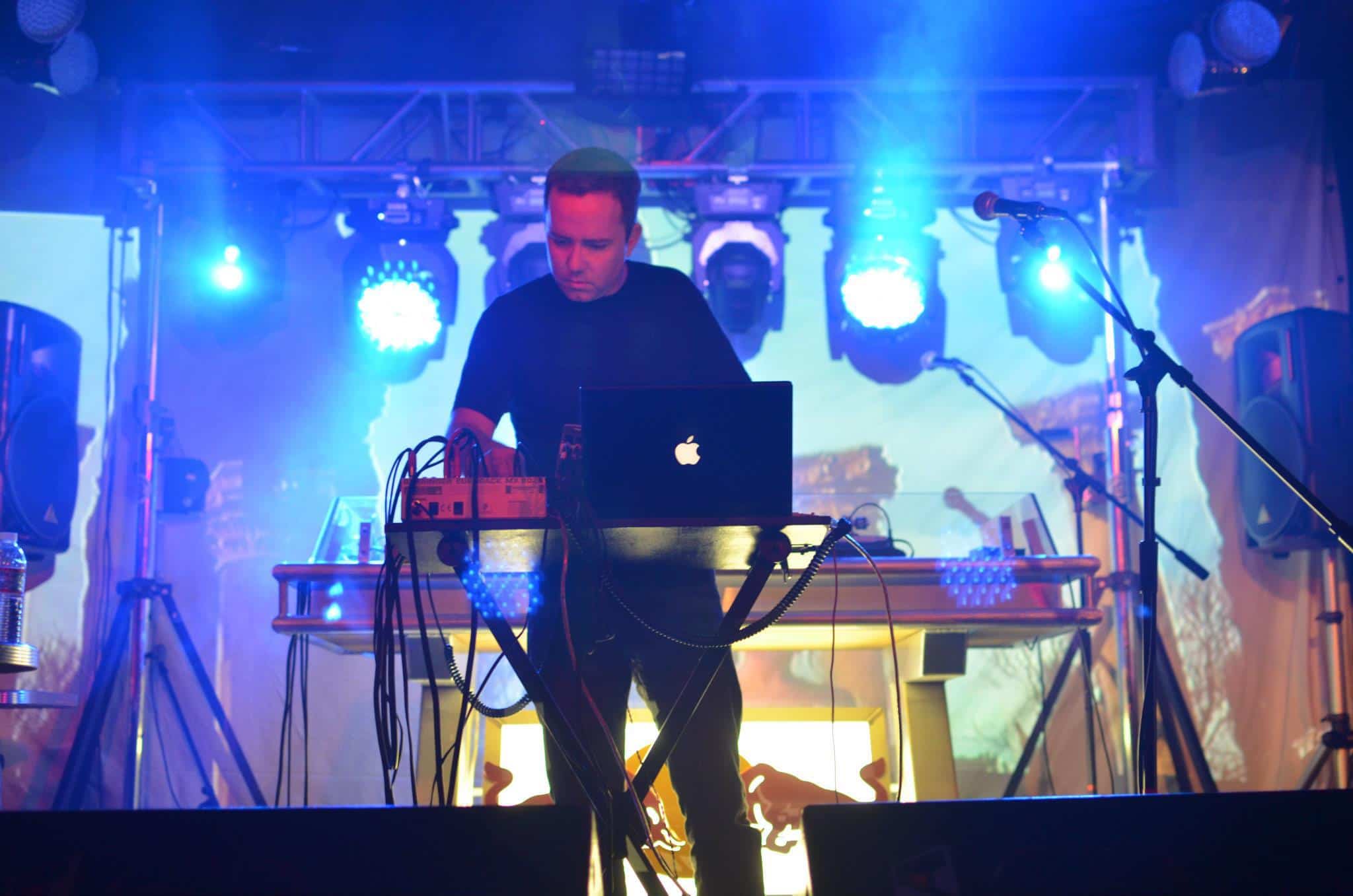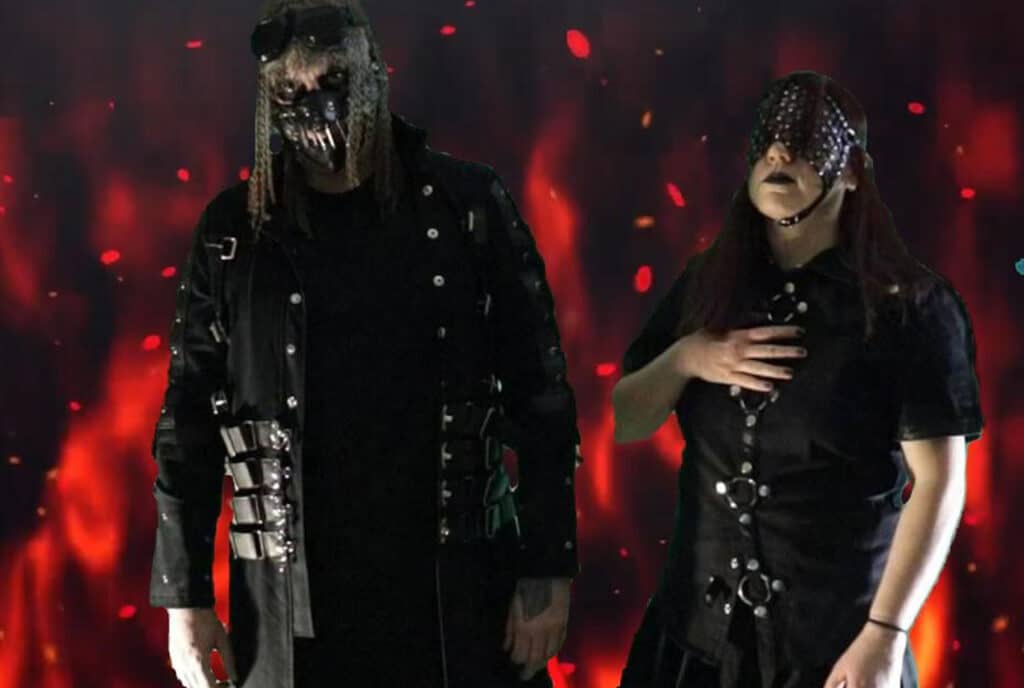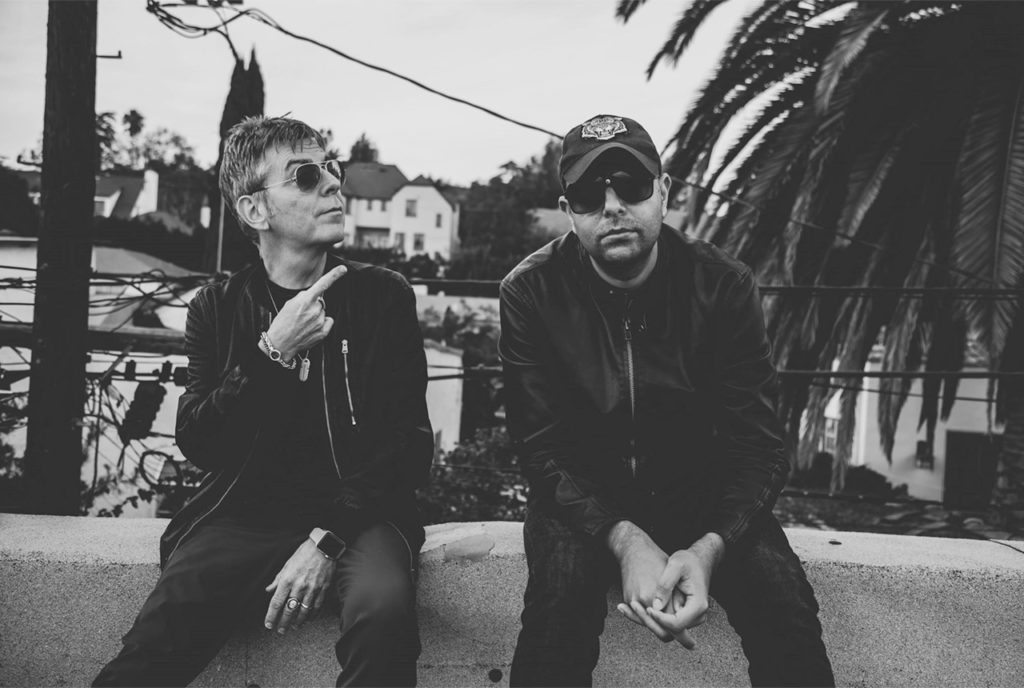Music software has reached the point where anyone with a modern computer and a few hundred dollars to spare can create their own complete songs. But the danger is that with everyone else using the same tools, a lot of the stuff created ends up sounding the same. The trick is to go beyond the instrument sounds that programs like Reason and Acid provide, either by purchasing new sample collections, creating original samples or sounds from scratch, or … circuit bending. What is circuit bending? It’s the practice taking electronic toys and gadgets often NOT intended to be used for music and altering/tweaking them to MAKE them. One artist who uses this technique is Chachi Jones, who late last year released his debut album,”Claustrophilia,” on Lunaticworks. In a phone interview, we asked Chachi about the art.
How did you get into circuit bending?
“I first got into it while in college. My girlfriend and I used to be pretty big thrift store junkies and garage sale junkies. We used to go out and collect random stuff and search thriftstore bins for interesting things to get on the cheap. Speak & Spell became one of those things that I’d always keep an eye out for. Eventually, my obsession with it … just searching online and seeing what was going on with them … and also just being involved with music, I learned about what people were doing by circuit bending them. Then it kind of unrolled over the course of a couple of years of my finding people who were into circuit bending and learning it from them. One guy in particular, Big Tech, who lived here in Sacramento at the time showed me how to circuit bend a lot of the gear he was using in his music. So it just went about doing it on my own, and finding my own weird things to circuit band and finding out what other people were doing. There’s a pretty broad online community of people who are into modifying things. It runs the spectrum from people who are doing what I’m doing, which is modifying music toys and things like that, to people who are just really going into hardcore modification of synth kits and really big complicated instruments.”
How does it integrate with standard electronic musical instruments?
“For the most part, it’s just getting raw material that I put into my computer and chop up and throw into my samplers and synthesis programs. It creates a really unique and fun foundation for the songs that I make. A lot of the software and hardware that is geared towards people who make electronic music nowadays, no matter what you buy, it comes with a preset set of sounds. Kind of paint by numbers sounds. There’s only so much you can do to really re-work and restructure those songs into something that is unique. So the next step is really finding unique samples to base your compositions around. So that’s were circuit bending really crossed the line from being just a weird hobby to bringing itself into the music that I make. I’m starting on the foundation of my songs with these really interesting noises and glitches. Even if in the end result you can barely even tell or hear, it all kinds blends into the mix, it really makes music for exciting for me. “
How do you divide your time between circuit bending and actually making music with the instruments?
“When I first got into it, I made 3 or 4 instruments and left it at that. Nowadays, I’m making a lot of them to sell to other people. But for the most part, I had a few different things, like Casio keyboards to Speak & Spells, that I’d bent. And then it was done, I’d made the instruments, and there was nothing more to do. The cool thing about circuit bent gear is that every time you switch it on and play around with it, the set of sounds that you get are almost always unique, different from what you got last time. So once you’ve created this interesting piece of gear that produces these unreal noises, there’s a randomness that is inherent to it. 90% of my time is geared around the compositions and the songs that I made from the sounds. 10% maybe is devoted to the actual making of new instruments, or tweaking or repairing them.”
Are there any particular things that you’ve been eager to bend, but have not been able to track down yet?
“Not so much. The appeal of circuit bending is that it’s kind of more a diamond in the rough appeal. It’s more like you drool over what kind of cheap equipment Radio Shack is going to churn out next to sell to 8 year olds. And hopefully find that before all the other circuit benders so. So it’s not so much finding old piece of gear, it’s more about finding some kind of weird esoteric throw-away toy gear that no one else has picked up a modified. So more of the appeal is finding something that is new, that maybe came out last year, that is just some kind of toy you can pick up for $2 and modifying that to get some kind of unreal noise out of it.”
Do you use the bent instruments when you perform live?
“Yeah, I really enjoy performing with them. But you do have to take into account how you can’t depend on what’s going to come out of them. So, for the most part I bring maybe one or two pieces with me to play around with, knowing that whatever comes out is pretty random. I don’t use them as a lead instrument when performing. It’s like I’ll bring the Speak & Math out ,run it through some delay and reverb and create some kind of ambient washes in the background. A foundation for the tracks I’m running off my laptop. So it’s not something that I can sequence on the fly or make an integral part [of the live show]. But I definitely bring some of the gear to performances. Also, people seem to really connect with it. More so than laptops or mixers. 90% of the time people will ask me about the Speak & Spell or weird pieces of gear that I have, rather than what software I’m using or what kind of laptop. It’s fun for both me and the audience.”
Check back soon for more of the interview with Chachi…










